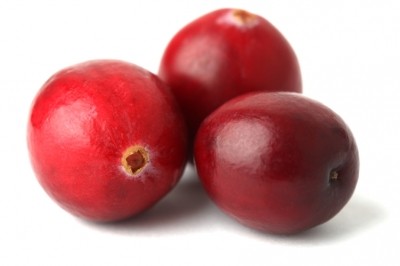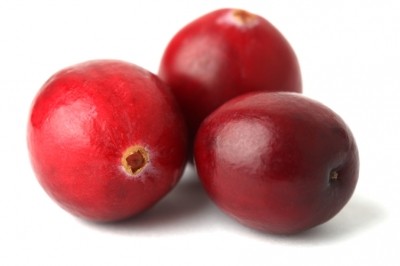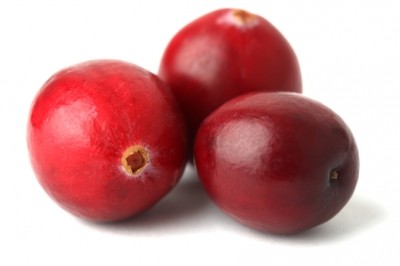Special Edition: Cranberries
Regulation: Making claims on cranberry's future
Despite this, the antioxidant-rich granddaddy of superfruits and Christmas perennial, has managed to create strong links in the public consciousness around female urinary tract infection (UTI) benefits, partly due to the influence of the French claim beyond Gallic shores.
Indeed Canada recently approved a similar claim and Korea has come on-board with a product specific claim.
The claim is often referred to by cranberry manufacturers and suppliers outside of France – a practice that raises questions about implied health claims and their legality in different jurisdictions, but one which tends to go unpunished in most places.
“The claim has benefitted cranberry worldwide – that is obvious by the number of products that refer to it,” said Gontran Gaillot, sales director atFrench cranberry extract supplier, Burgundy Botanical Extracts.
But he noted it also created problems, because in the absence of country-specific regulations, companies could reference the claim on products that may contain low-quality cranberry extracts and therefore not deliver the expected benefits.
“This creates an unfair playing field and is part of the reason why there is so much cranberry on the market that is low-quality.”
He said companies were placing low-quality products on the market with a picture of a woman and a reference to the French claim and managing to escape the attention of enforcement agencies such as the US Federal Trade Commission (FTC).
A similar situation existed in Australia and New Zealand, he said.
However, despite the emergence of a product-specific claim for the Decas/Lallemand Health Ingredients developed PACran ingredient that has gained approval from the South Korea Food and Drugs Administration (KFDA), there does not seem to be much movement on claims and labelling in any major cranberry market.
And the French claim itself maybe under threat.
Claims change
That claim, approved in 2004 by the Agence Française de Sécurité Sanitaire des Aliments (AFSSA), states that consuming North American cranberries (Vaccinium macrocarpon) with at least 36mg of proanthocyanidins (PAC) can, “help reduce the adhesion of certain E. coli bacteria to the urinary tract walls.”
But earlier this year the European Food Safety Authority (EFSA) rejected a similar, disease reduction, article 14 claim specific to Ocean Spray products, a verdict which has left the European cranberry claims situation in some kind of limbo.
It is uncertain how that claim will affect the French claim once it is officially written into the EU law books, expected soon, but in the meantime, the submitter of that claim, Ocean Spray, says it is thrown into a wait-and-see game – in Europe and abroad.
“We are waiting for the publication of general cranberry claims that are present in the article 13.1 list,” said Ocean Spray, research sciences manager, Christina Khoo. “We have heard cranberry will be among the next batch of EFSA opinions due early next year.”
Ocean Spray, along with other cranberry players, has indicated it may resubmit claims under the emerging and proprietary science, article 13.5 avenue.
“We have learnt from the negative opinion,” Khoo said. “If we would have known then what we know now, things would have been very different.”
She said Ocean Spray had done little advancing any kind of claim in the US as it wanted to see how the EU situation would play out first.
“We’ve not approached the situation in the US for structure/function claims or any other claims,” she said. “
The measurement of PACs is an issue that divides the cranberry industry as there are several methods that deliver vastly different results.
There is talk of the European Union recommending a particular method – perhaps the European Pharmacopeia that is favoured by Euracran – a group formed by Burgundy, Diana Naturals and Tournay Biotechnologies to push for PACs uniformity.
“Unfortunately it seems the major players in the cranberry industry are unable to reach consensus regarding test method for quantifying PACs in cranberry,” said Lallemand business development manager, Julie Rosenborg.
“Therefore Lallemand Health Ingredients/Decas foresee and welcome a clarification from European Authorities by validating a specific quantification method.”
To read the other articles in this series, please follow the links below:
Markets: Cranberry goes mainstream
Supply: From bog to cereal bar















